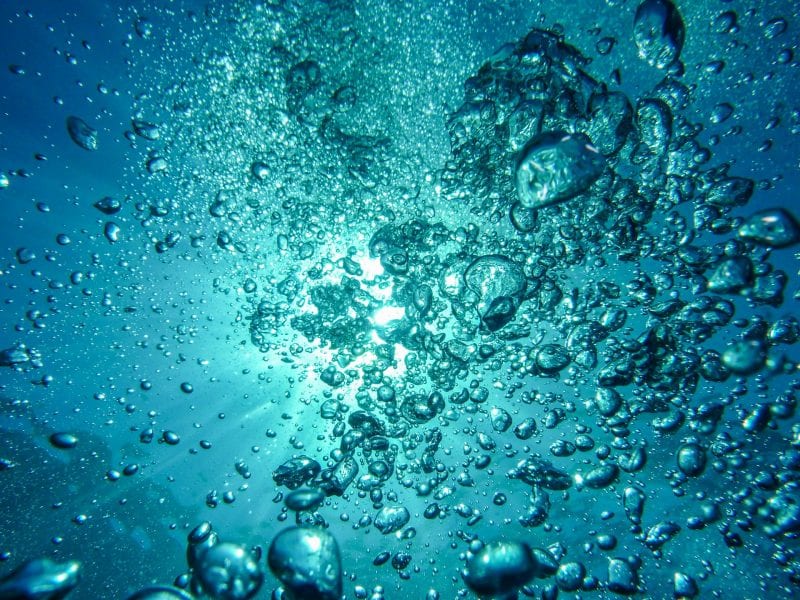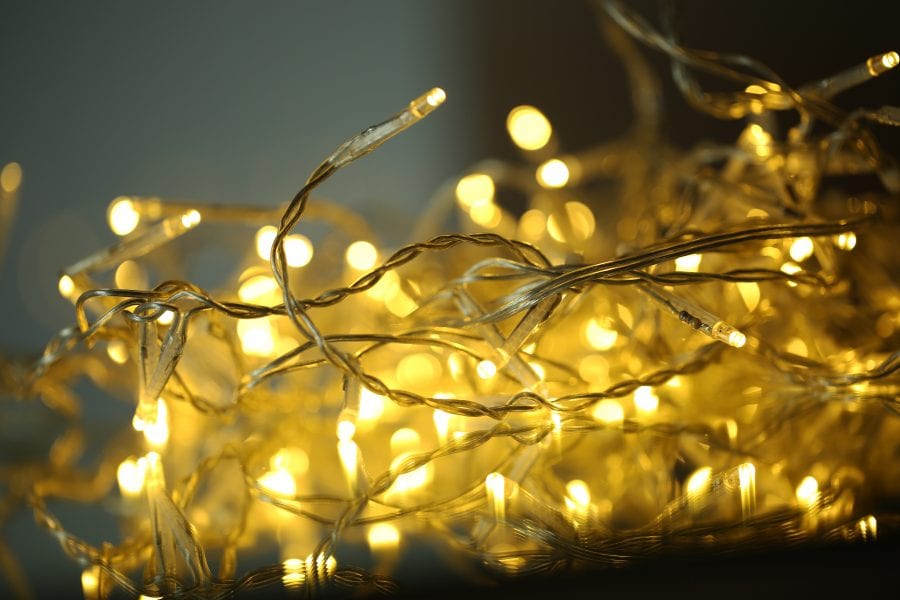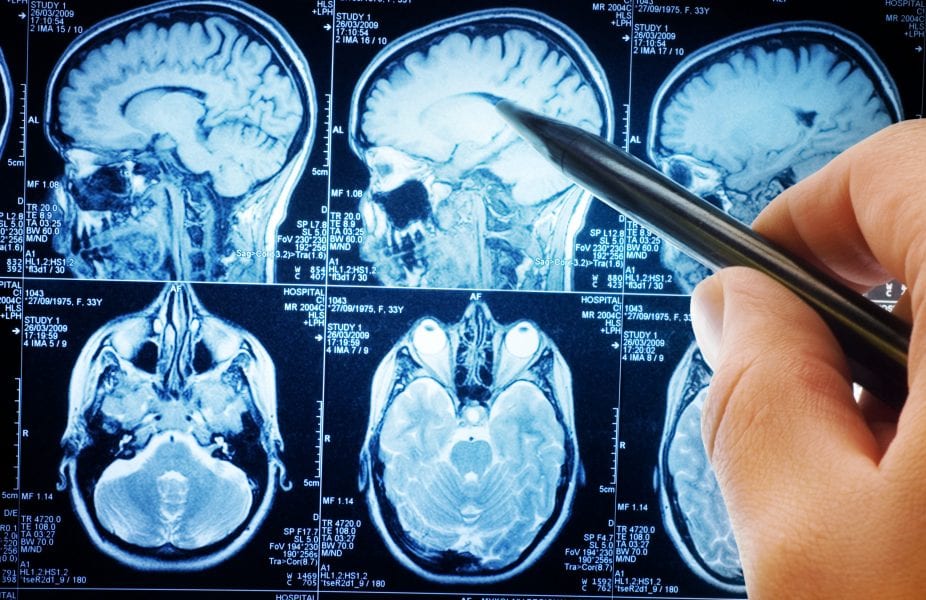In a large-scale test, DLR researchers investigated the use of biofuels as well as blends of biofuels and kerosene in a real engine.


In a large-scale test, DLR researchers investigated the use of biofuels as well as blends of biofuels and kerosene in a real engine.

Researchers from Nanyang Technological University demonstrate 3D-printed, surface-modified electrodes for effective water splitting.

Ingestion of engineered nanomaterials is inevitable due to their addition to food and prevalence in food packaging and domestic products such as toothpaste and sunscreen.

CT imaging enables real-time, non-invasive tracking of therapeutic cells labeled with gold nanoparticles. (Image credit: Africa Studio/Shutterstock)
Scientists at LMU Munich and FSU Jena have developed organic semiconductor nanosheets, which can easily be removed from a growth substrate and placed on other substrates.

Malignant brain tumors are heterogeneous and invasive, with high morbidity and mortality rates. The main challenge associated in treating such tumors is the presence of the blood-brain barrier (BBB), which actively filters out molecules entering from the blood stream. (Image credit: Triff/Shutterstock)

Massive online open courses provide a wealth of information about the way large numbers of learners interact with educational platforms and engage with the courses offered.

Optimizing H- and J-type aggregates significantly improves the power conversion efficiency in bulk-heterojunction solar cells.

This month’s Advanced Engineering Materials cover and top papers.

Inspired by Steller’s jay, researchers produce angle-independent, structurally colored materials composed of amorphous arrays of fine spherical silica colloidal particles.